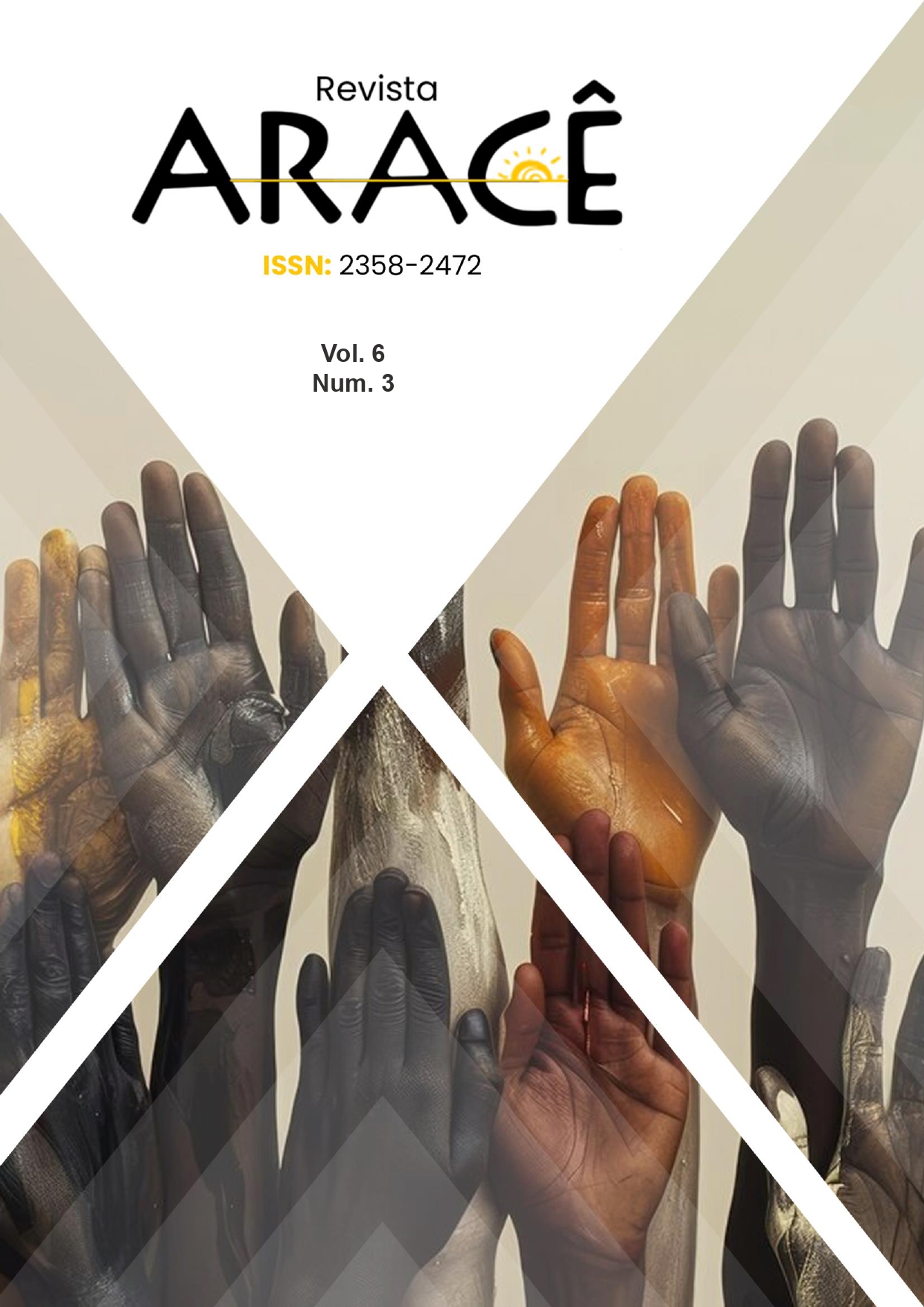A EXIGÊNCIA DE NÍVEL SUPERIOR PARA O CARGO DE TÉCNICO JUDICIÁRIO DO PODER JUDICIÁRIO DA UNIÃO: UMA ANÁLISE SOB A PERSPECTIVA DO ENSINO SUPERIOR NO BRASIL
DOI:
https://doi.org/10.56238/arev6n3-266Palavras-chave:
Acesso ao Ensino Superior, Concursos Públicos, Desigualdade Educacional, MeritocraciaResumo
Este artigo investiga a recente exigência de nível superior para o cargo de Técnico Judiciário do Poder Judiciário da União, introduzida pela Lei nº 14.456, de 21 de setembro de 2022, analisando suas implicações na democratização do acesso aos cargos públicos. O estudo examina os desafios enfrentados pela população para obter educação superior no Brasil, destacando as desigualdades que podem surgir devido a esse novo requisito. Utilizando uma metodologia qualitativa, baseada em análise documental e dados de órgãos oficiais, o trabalho contextualiza a evolução dos concursos públicos e as desigualdades no ensino superior, além de discutir o impacto atual das políticas públicas voltadas à inclusão educacional. Conclui-se que a exigência de escolaridade superior, ainda que tenha como objetivo primordial o aprimoramento da qualificação técnica e profissional dos servidores, apresenta, ao mesmo tempo, um potencial significativo de aprofundar as desigualdades estruturais existentes no acesso aos cargos públicos. Esse cenário acaba por impactar negativamente a concretização do princípio da igualdade, que é um dos pilares fundamentais da Constituição Federal, comprometendo o acesso democrático aos cargos públicos.





